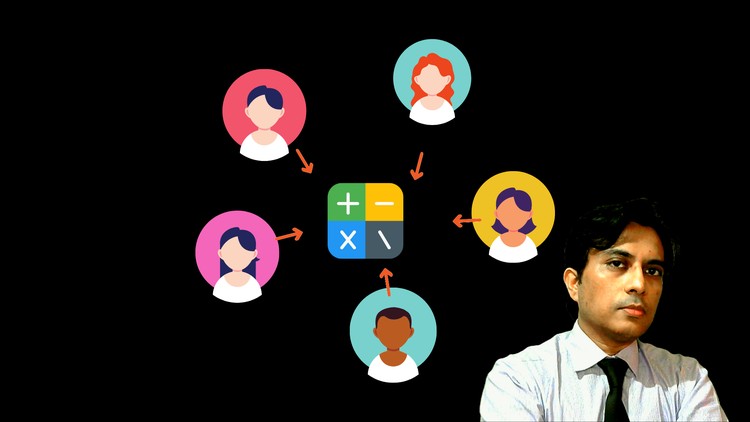
Privacy-Preserving Collaborative Computation
What you will learn
Basic concepts of Cryptography
Basics of Secure Multi-Party Operations
Secret Sharing
Garbled Circuits
Oblivious Transfers
Homomorphic Encryption and Zero-Knowledge Proofs
Secure Multiparty Summation
Secure Multiparty Comparison
Secure Function Evaluation
Secure Set Intersection
Secure Matrix Multiplication
Secure Machine Learning Algorithms
Privacy-Preserving Data Analytics
Collaborative Machine Learning and Model Training
Private Information Retrieval
Description
Welcome to the “Introduction to Secure Multi-party Computation (SMPC)”.
In the age of information, dynamic decision making is often the first line of defence for organizations. But, the decision making has to be informed not only on the internal workings of the organization but also on the macro environment.
This is why organizations need to collaborate among in the form of industry consortiums or networks themselves and this often involves data sharing.
Apart from decision making, data sharing is often a requirement for various members of the same value chain say financial intermediaries or manufacturers, assemblers, and distributors.
But, data sharing comes with own caveat – privacy concerns. Apart from privacy concerns, various regulations such as GDPR in Europe and HIPAA in the United States requires organizations to ensure the privacy and security of sensitive data.
Also, with the rise of decentralized technologies such as blockchain and distributed computing, there is a growing need for secure and privacy-preserving computation protocols.
This is where Secure Multi-Party Computation or SMPC comes in.
Secure Multi-Party Computation (SMPC) enables collaborative data analysis, computation, and machine learning across multiple parties while preserving data privacy and confidentiality through cryptographic protocols and techniques.
If you are more theoretically inclined, please refer to the papers attached to the lectures.
All the best.
Content